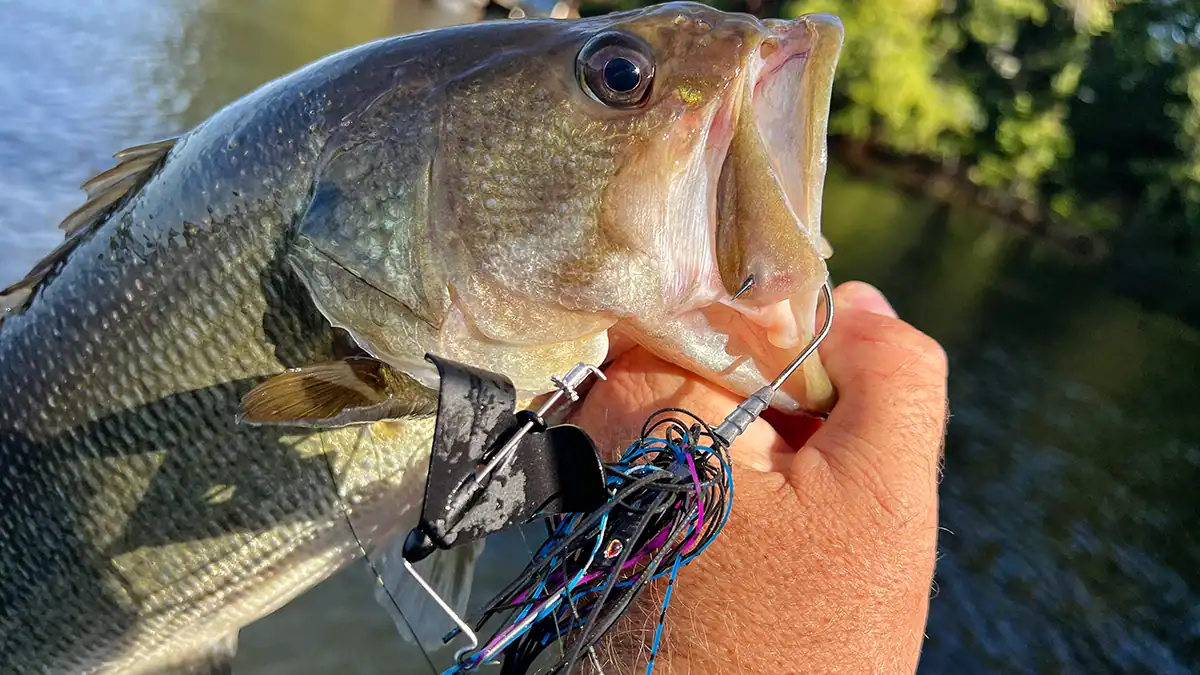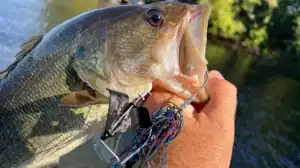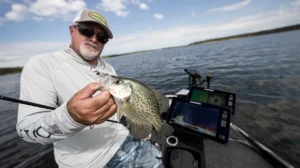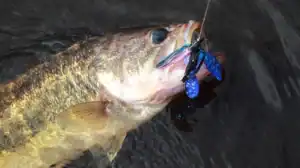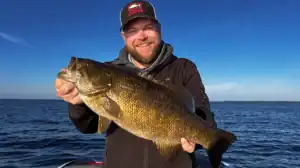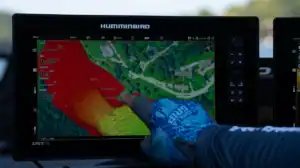As autumn settles in, the days shorten more rapidly and the opportunities to get on the water lessen. Plus, football, hunting, and family activities crowd the calendar. Given this scenario, it’s a good idea to find fish as fast as possible once you hit the water. Here’s how to make it happen.
Fish Reconnaissance
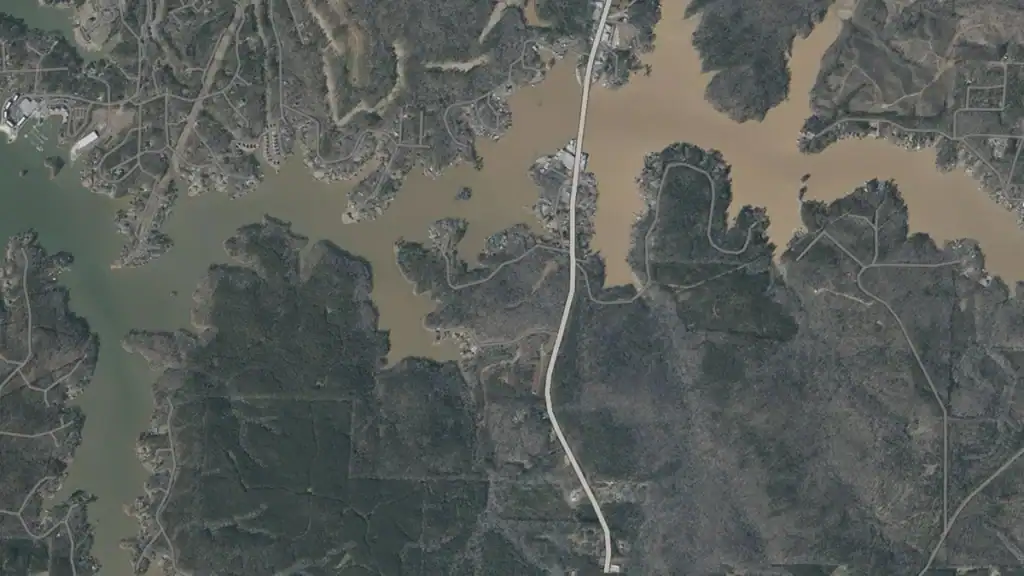
Just because you can’t go fishing on a random weekday morning doesn’t mean you can’t do a little recon from wherever you’re scheduled to be. With apps like Deep Dive and Bass Forecast, plus extremely detailed satellite images online, you can scan an entire fishery from the comfort of your chair.
Look for pockets and sloughs off the main lake or river that have secondary points, humps and flats in the back. Mark those areas to explore after you launch the boat. These topographic hotspots may be hard to locate with just satellite images, so consider a mapping app such as Navionics.
And remember, some of these satellite mapping sites archive past images. Try to locate photos from previous winter drawdowns to learn about the contour of the fishery, but also where the best brush piles and other cover are. These things are not always marked on topography charts. Any of this preliminary research will greatly reduce the amount of time it takes to find fish.
Sling Search Baits
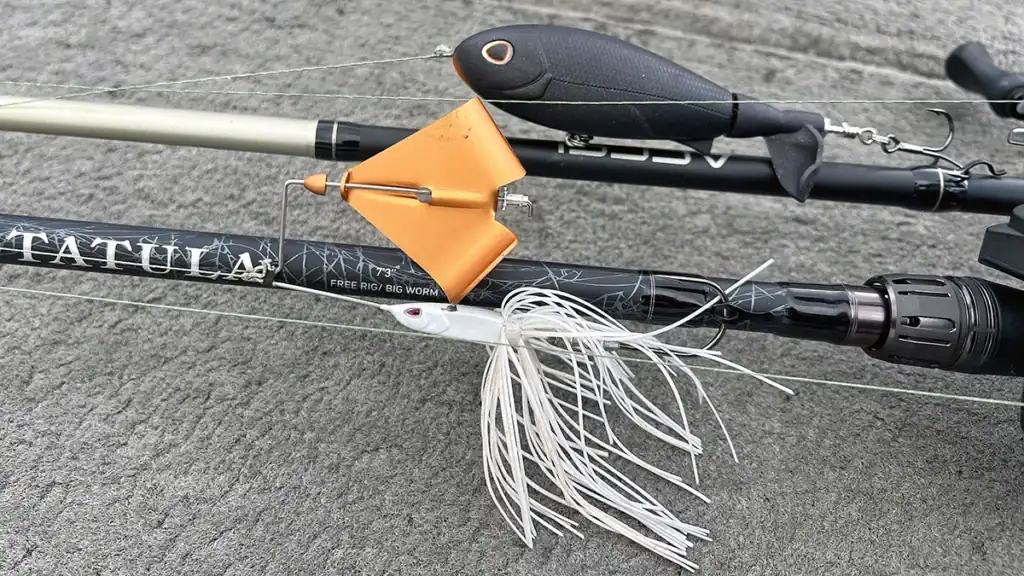
When you get on the water, go with search baits first. Topwaters like buzzbaits, Ploppers, Choppos, and soft plastic toads allow you to cover water quickly until you can find a population of bass. The good thing about fall fishing is that when you do get a bite, you can often find several more. The bass are primarily concentrated near bait, which is typically only present in isolated areas. So the bass are grouped up as well.
Lipless crankbaits, spinnerbaits, squarebills, and swim jigs will also allow you to cover water more quickly than a dropshot, for example. Keep a search bait in your hand until you find a concentration of fish, and then you can fall back to some of the slower-moving baits.
Look for Nervous Water
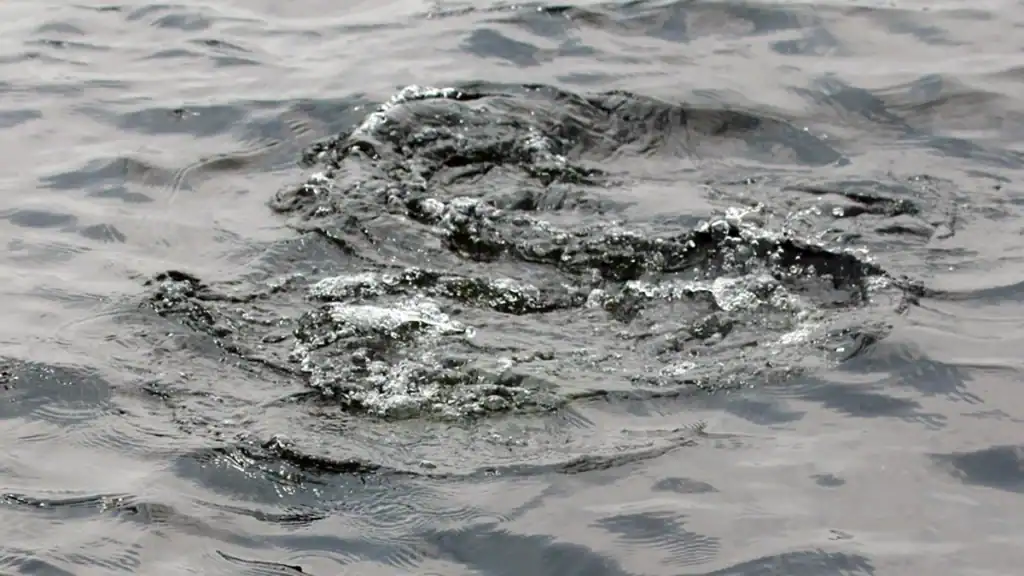
Being on the lookout for baitfish is particularly critical if you want to find fish in the fall. While you can certainly use your electronics to locate bait, you can also simply run around the lake on a calm day and look for nervous water.
Nervous water means anywhere there’s a visible difference between one patch of water and the rest. Sometimes it will be the only disturbance on a flat calm day. Other times when there’s a steady breeze, you’ll notice that one jacuzzi-sized section of water appears to have little waves moving in the opposite direction of the wind. In either case, these are good indicators of a school of baitfish just under the surface.
You’ll also want to look for another type of nervous water too, especially in the early fall. On a lot of fisheries, bass will group up in small schools called “wolfpacks” and hunt the shallows. They’ll often get right up against the bank and cause multiple wakes as they all swim together. If you keep your head on a swivel and spot one of these wolfpacks before they see you, you’re almost guaranteed a bite—and it’s typically an above-average-size fish.
Watch the Wind
Wind is another important thing to focus on if you want to find fish fast in the fall. If there’s wind out of the west and your favorite pocket on the lake is on the same side, you should probably skip it. If you must fish it, don’t waste much time there. While there are likely still fish in that area (bass don’t swim miles because of wind), they are typically much more finicky.
Look for quality fishing areas that have the right components — baitfish, cover, structure, flats, or points — and then narrow those areas down based on wind. Windy areas will put you in good spots around more aggressive fish. The wind is certainly your friend in the fall. Seek it out.
Running Water Helps
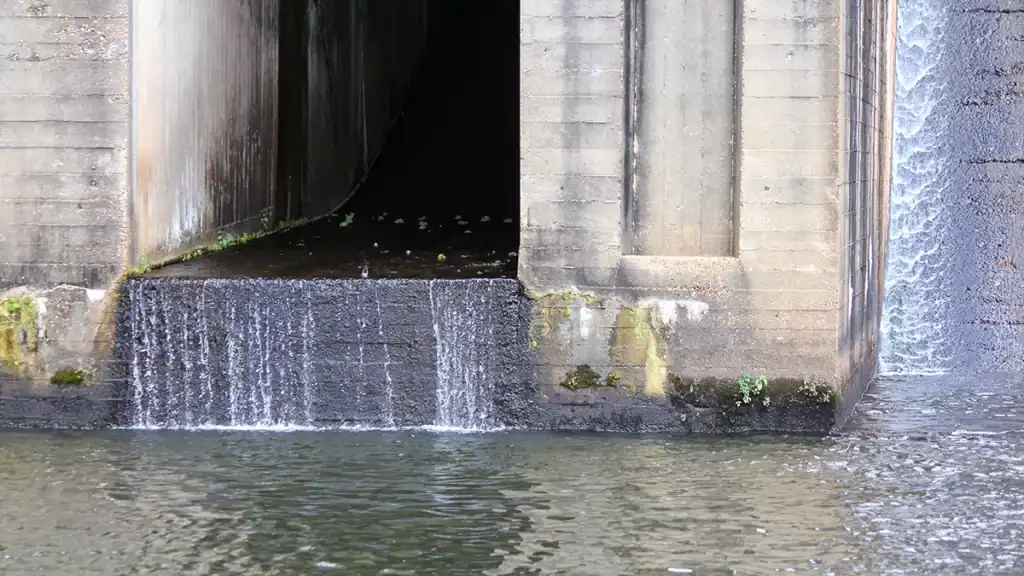
Any kind of runoff that’s flowing into a fishery or a pipe that’s pumping water is worth a look. The fall can be really dry, causing pockets, sloughs, creeks, and oxbows to grow stagnant. Then there are the negative effects of the fall turnover to consider, which can wreck a fishery.
In either case, running water aerates and mixes the hot and cold water together, attracting baitfish and stabilizing the localized environment. Even running up rivers and creeks until you reach shoals is a good way to find fish. And the best example of this has to be fishing turbulent water beneath hydroelectric dams. When these dams generate electricity, they move millions of gallons of water. And this can create a concentration of fish and a feeding frenzy.
Figuring Out the Fall Bite
If you want to find fish fast in the fall, do these five things. First, do the reconnaissance. Look at topo maps and satellite images before you even get on the water. When you do get the boat wet, make sure you have search baits on hand so you can cover water as fast as possible.
Being on the lookout for nervous water will help identify where the baitfish and bass are. Keep in mind that fish will be much more aggressive and apt to bite if they are in areas with wind, running water, or both. If you focus on these five simple tips, I believe you’ll be able to locate bass quickly.
